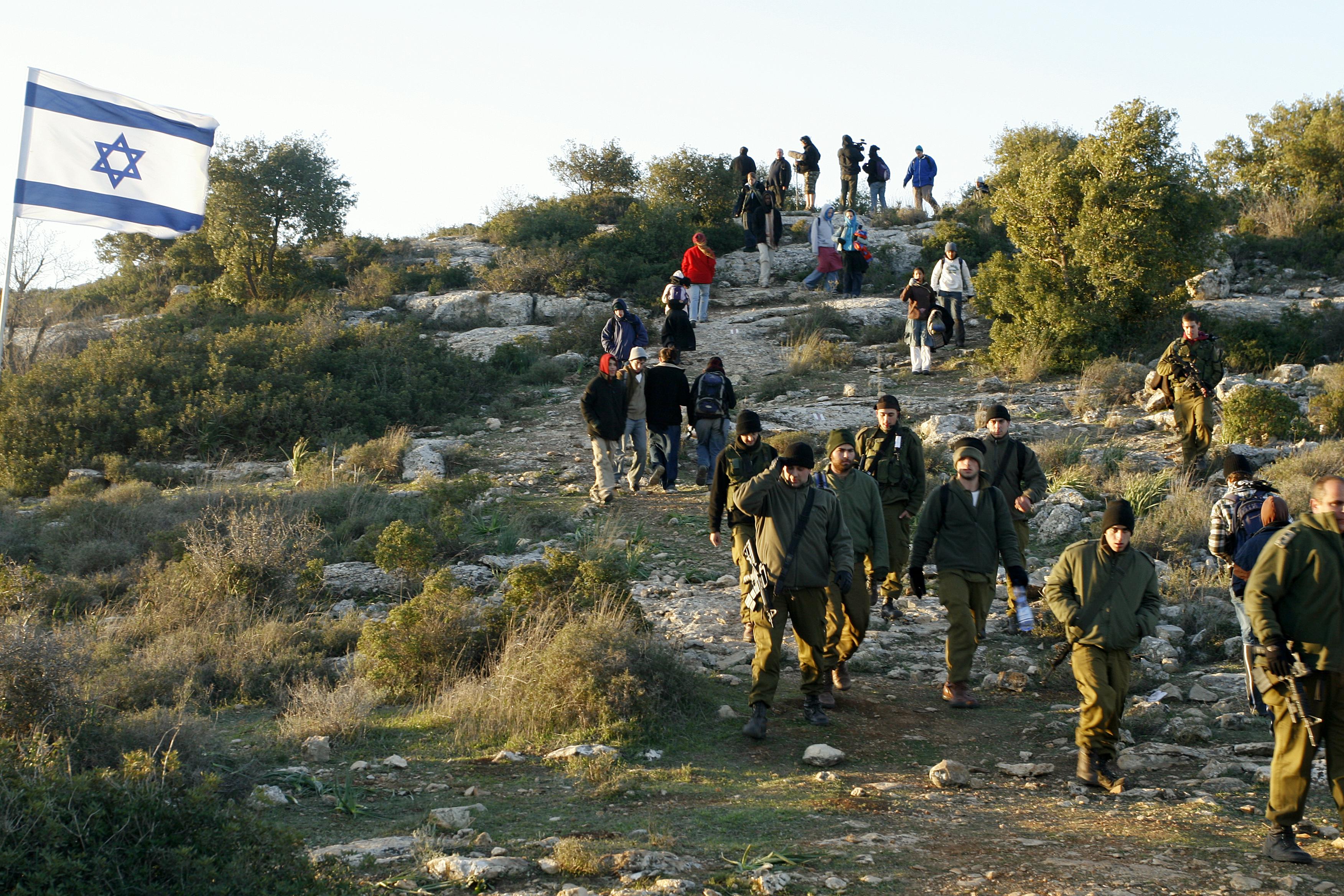Many stories of bravery are told about Israel's War of Independence, and the importance of keeping these stories alive cannot be understated. They resound in Israelis' hearts and minds from the north to the south, and one that resonates deeply with all is the story of Lamed Heh.
From November 29, 1947, the Etzion Bloc was under siege and cut off from Jerusalem, about 10 miles to the north. On a very cold, dark January 16, 73 years ago, 35 of the best of Israel's Palmach fighters set out from the Haganah headquarters in Jerusalem to deliver much needed supplies and ammunition to the residents of the Etzion Bloc. The convoy of the 35, were better known as the Lamed Heh.
They were discovered and brutally murdered by Arab irregular forces. Their heroic story is inseparable from the War of Independence and the history of Gush Etzion. They were young soldiers serving in the Palmach Mountain Brigade, some of whom were barely out of the immigrant camps and sole survivors of their families. They took upon themselves an extremely dangerous mission from which they knew they might not return, to bring food and medical supplies to the besieged Gush Etzion. At daybreak they were spotted, and a heroic battle ensued. They fought to the last man, their bodies so badly mutilated they were unidentifiable.
Their final battle has been researched by historians for decades. Yet details of what actually happened are still incomplete. Every year in mid-winter, on the anniversary of the battle, soldiers, students and people from all over, follow the path they took, marching in their footsteps to commemorate and honor their heroism.
The story of the Lamed Heh illustrates the commitment to ones homeland and the bravery of young people. It has launched discussions of patriotism and dedication in numerous classrooms and frameworks. When the site was discovered by British officers, diaries and small notes were left by some of the boys, knowingly that they might not come out of the mission alive.
At the eulogy, David Ben-Gurion, Israel's first prime minister, said to the families of the Lamed Heh, “I knew their company commander and some of its members. These lions of Israel blended youthful high spirits, dignity, supreme wisdom, self-sacrifice, and bravery fiercer than death." There is no problem with dying, if you know why and for what purpose, one of them noted in his diary a short while before they fell.
Among these heroes were young people slated to become beacons of wisdom and science for Israel and other nations. There is no reparation for their loss, not only for their parents, comrades, and admirers, but for the eternal Jewish spirit as well.
How can we honor their blessed memory? Not by shrines of stone or memorial volumes, but by the faithful and perpetual desire to emulate them to the greatest possible extent. Will our generation succeed in this?"
One of the first Americans to lose his life in Israel’s War of Independence was Moshe Avigdor Pearlstein, from Newark, N.J. He was a student, Palmach defender, scout and member of the Lamed Heh.
He was buried at Kibbutz Kfar Etzion January 25, 1948 and eventually re-interred at Mt. Herzl military cemetery on November 17. Although the bodies were badly mutilated all of the Lamed Heh were buried separately with tombstones and not in a common grave as with all of the other fallen from the final battle in Kfar Etzion.
His story, along with the other 34 members of the Lamed Heh, are remembered in many books including "In the Footsteps of the Lamed Heh." You can learn more about the story of the Lamed Heh and the importance of the Etzion Bloc by visiting the Gush Etzion Visitors Center at Kibbutz Kfar Etzion.
Jewish National Fund’s Israel Independence Experience Task Force works to keep stories such as this alive so that future generations understand the complexities and sacrifices others made, so we can stand proud knowing we have a strong Israel. Our work ensures that these sacrifices and challenges are never forgotten and provides a clear picture of the sweat and tears that went into building our precious country. It is now up to us to preserve those precious memories and experiences.
For additional information on this or any other JNF historical preservation work in Israel, please contact Diane Scar at dscar@jnf.org or 410-486-3317 x840.


